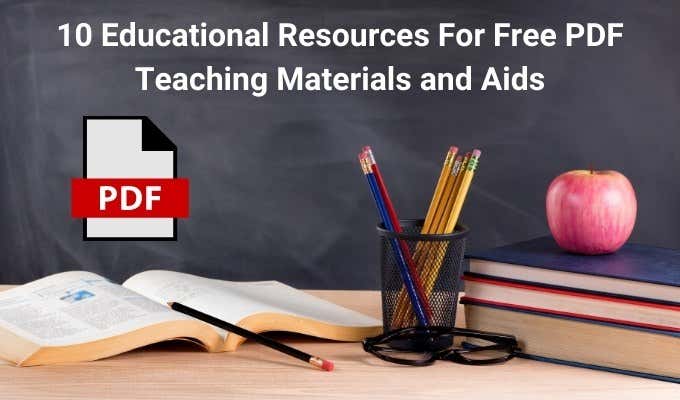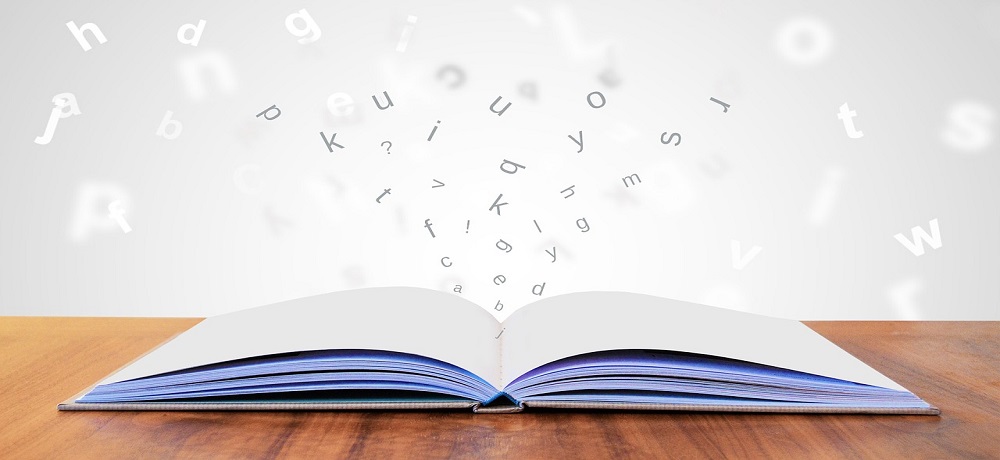Handy News On Picking Italian Nursery Teaching Materials
Wiki Article
What Educational Technology, Manipulatives And Visual Aids Are Suitable For Italian Kindergartens?
Italian nursery schools benefit from a variety of resources that aid the development and learning of their children. Here are a few examples of materials that are appropriate for use in the classroom: Manipulatives. These are toys that which children can use to study to explore, develop, and improve their problem-solving as well as fine motor abilities. Examples of manipulatives that may be appropriate for Italian nursery schools include pegboards, blocks, puzzles as well as sorting games and stacking toys.
Visual aids. Visual aids will help your child learn concepts, as well as encourage their language development. Posters and charts, picture books, and maps are all examples of visual aids that can be used for Italian nurseries.
Educational technology: Educational technology could enhance learning and provide additional resources to students. In Italian kindergartens, the use of educational technology can include touchscreens with educational apps, whiteboards that are interactive, as well as audiovisual equipment for displaying educational animations.
The educational materials used in Italian nurseries must be age appropriate, safe and culturally relevant. The materials should be chosen by taking into account the specific needs and interest of students in the school. The teachers and the caregivers of the nursery should examine and revise the materials they use to ensure that they are engaging and useful for their students. View the top materiale didattico italiano sostegno for website info.
What Maths Didactic Cards Should Be Utilized In Italian Nursery Schools?
Maths didactics can be used to introduce basic mathematical concepts to infants and toddlers. Maths didactics can be used to teach children basics of math. To make learning more enjoyable, they could contain illustrations of objects or animal which represent numbers.
Shape cards: Shape cards aid children in learning the names and features of various shapes, such as circles, squares triangulars, rectangles, and triangles. They could also feature images of real-life objects which represent each shape.
Color cards: Color cards aid children in learning the names of different colors and their corresponding shades. They can also include illustrations of objects that are dominated by a single color. They will engage youngsters more.
Counting cards are an excellent option to assist your child learn how to count. To make learning more enjoyable it is possible to include images of animals or other objects that represent numbers.
Time cards. Time cards can be used to teach children names, dates and times of weeks and months. They can also include images of clocks or calendars to enhance the learning experience.
Maths cards must be age-appropriate, interactive and engaging for children who are just beginning to learn. Teachers and caregivers can utilize these Maths cards to design engaging and enjoyable Maths exercises. This can stimulate the child's curiosity, as well as their enthusiasm to learn. Read the most popular schede didattiche matematica for more tips.

What Is The Best Way To Support The Science Curriculum In Italian Kindergartens?
The use of science-based teaching material in Italian nurseries is an excellent method to inspire young children to explore and discover what's in the world around them. Here are a few examples of science teaching materials help that could be required curriculum and lesson plans: A well-designed curriculum and lesson plans that integrate scientific concepts can to ensure that students are exposed a range of scientific concepts and techniques.
Manipulatives (and visual aids): Manipulatives, like magnifying glasses, nature specimens, simple kit for experiments in science, as well as charts and posters, could aid in teaching children about scientific concepts by using a hands-on and visual approach.
Books and videos. Books or videos on topics such as weather, space, animals and plants can be a way for children to get involved, while providing them with additional resources.
Outdoor spaces for learning. Gardens and playgrounds are fantastic places for kids to learn about the nature of the world.
Parents can get involved in science learning: Involving your parents in this field will reinforce the concepts you learned in the nursery. Additionally, you will be able to involve your family members in learning.
Assessment tools: Parents and teachers are able to use assessment tools to observe the development of children and identify areas that may need extra support.
It is essential that the resources used for science education are appropriate for children of all ages. These materials are ideal for teachers and parents to develop exciting, interactive science activities that foster children's interest in studying and curiosity. Take a look at the top sostegno scienze for more info.

What Geography-Related Teaching Materials Are Necessary In Italian Nurseries?
Teaching materials for geography in Italian nurseries can assist children to gain a better awareness of the world around them, and also learn about the different cultures and settings. Examples of the resources that you could use for teaching geography are: Maps. Maps can be useful in teaching children about different countries and regions, and the locations of landmarks and natural attributes.
Globes Help children visualize the earth's surface and discover the various oceans and continents.
Pictures and videos: Videos and images of various locations around the world will help children comprehend the different cultures and help them appreciate them.
Books: Age appropriate books featuring diverse locations and cultures can help develop children's interest in geography.
Natural materials, such as plants, shells and rocks are a great way to teach children about diverse ecosystems and the different environments.
Field excursions. Field trips are an ideal method to provide your children with real-life experiences, as well as an opportunity to teach them about geography.
It is essential to choose geo-related materials that are both suitable for both a child's and a parent's age. These resources will assist teachers and parents design engaging and fun geography activities for children, which will stimulate their curiosity and interest in discovering more about the world.

